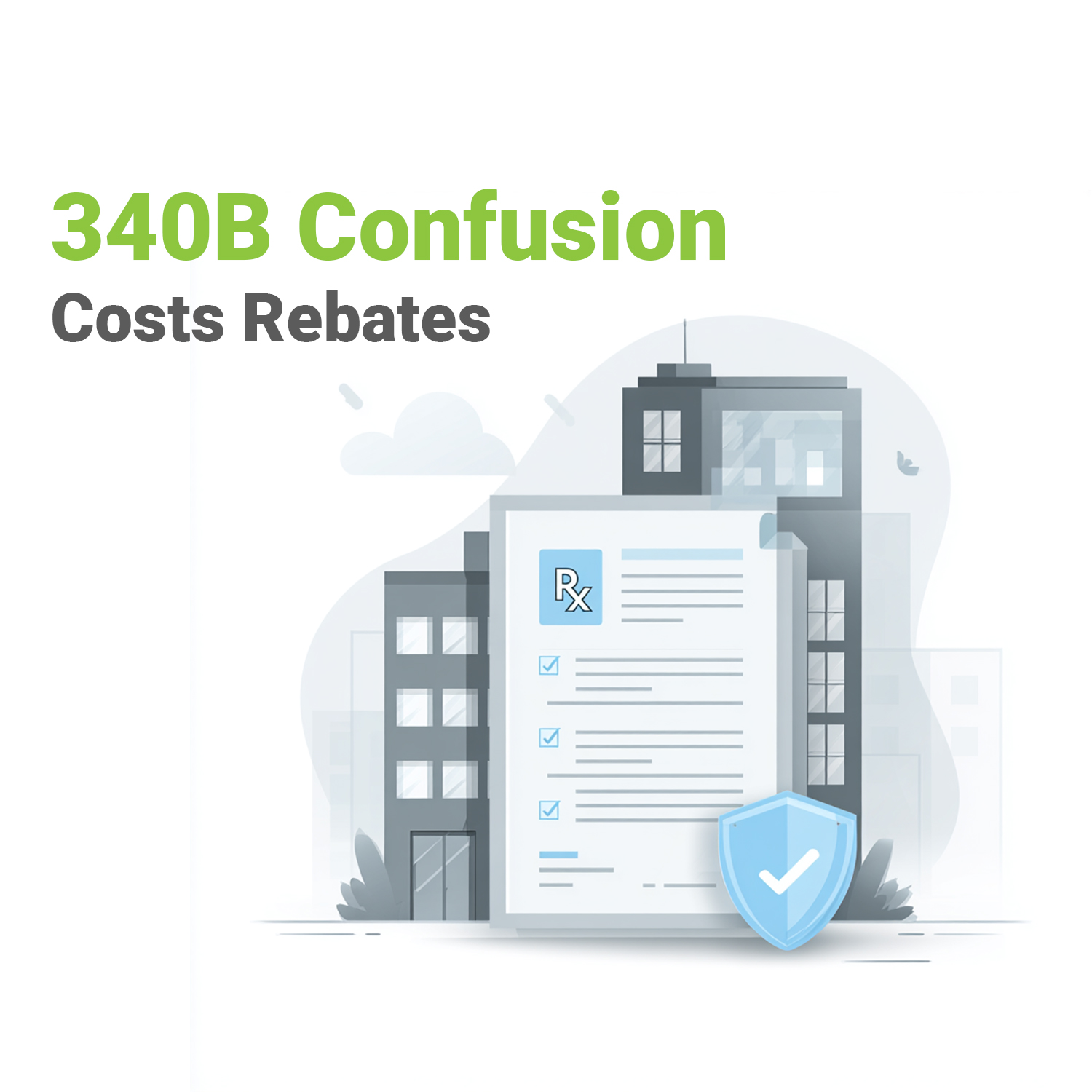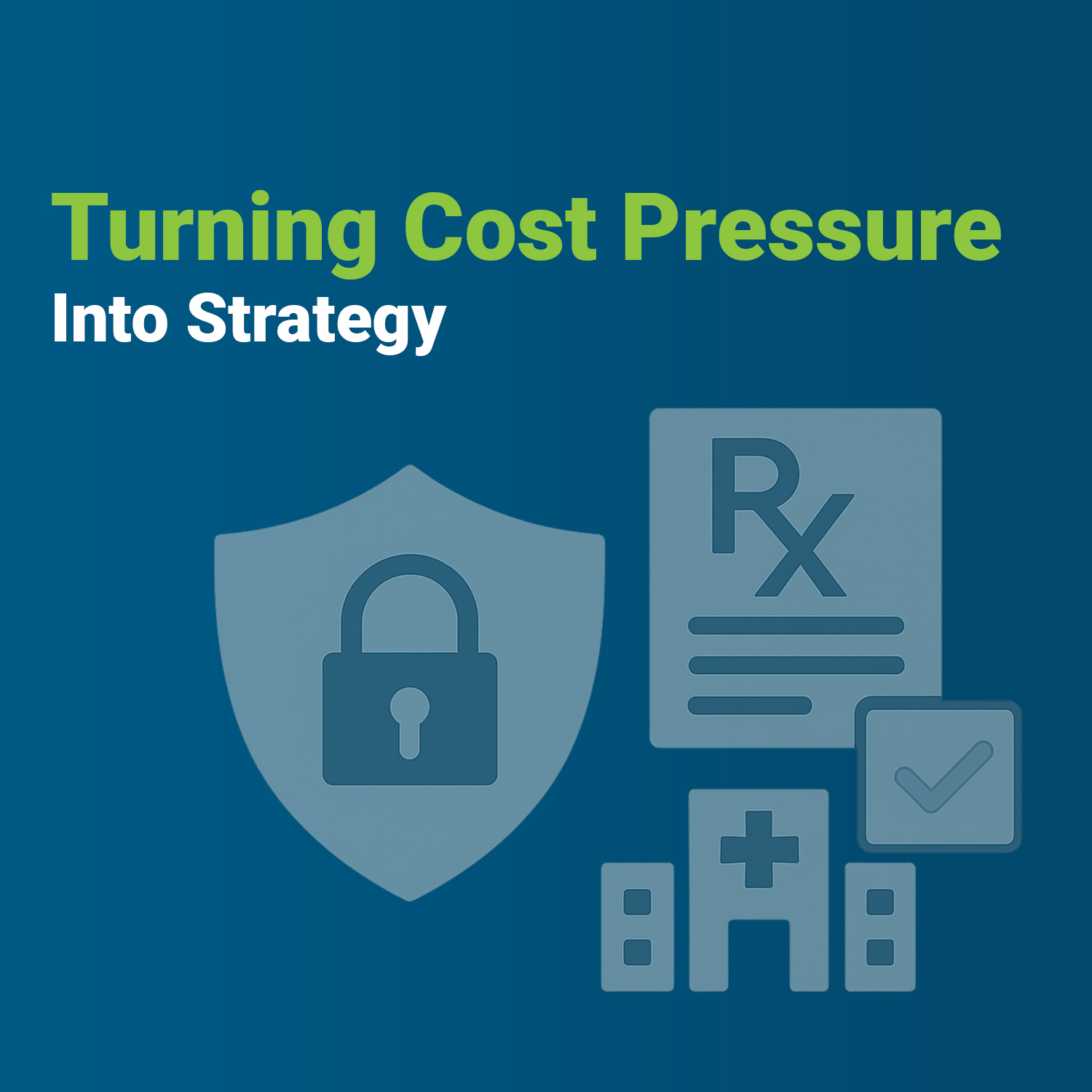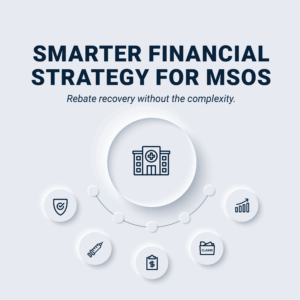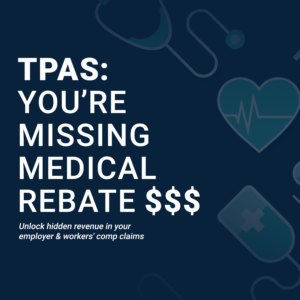Often, when talking about pharmacy benefit management, it’s easy to focus only on individual members who have health insurance through their employer, organization or through the Healthcare Marketplace. But there’s another category of PBM: Institutional PBM.
This means, simply, that management of benefits are for larger institutions, such as hospitals, long-term care facilities, hospices and prisons. These institutional clients and their clients have the same needs: access to medication and cost control.
A major element of institutional PBM is the creation and management of an institutional formulary.
As a reminder, formulary management is an integrated patient care process which enables physicians, pharmacists and other health care professionals to work together to promote clinically sound, cost-effective medication therapy and positive therapeutic outcomes.
The Academy of Managed Care Pharmacy (AMCP) notes that building and managing a formulary is complex: “A formulary system includes the methodology an organization uses to evaluate clinical and medical literature and the approach for selecting medications for different diseases, conditions and patients. Policies and procedures for the procuring, dispensing, administering and appropriate utilization of medications are also included in the system.”
When it comes to institutions, there often is no insurance company paying the bill to the pharmacy. Usually, institutions will self-insure, paying full price for medicine, not splitting between insurance plan, employer and patient as a more typical consumer plan does.
That means that the twin focus of access and cost takes on even more importance as that list of medications — the formulary — is drawn up.
“Institutions care about providing necessary drugs to their clients,” says William Lineberry, PharmD, BCGP, VativoRx VP of clinical pharmacy programs and assistant director of procurement. “But they also care about getting the best price possible. At institutional scale, a small cost difference per pill, for example, can make a huge difference to the bottom line.”
How, then, does a PBM decide what’s on the formulary? And what’s not?
“It’s a delicate balance,” Lineberry says. “The first thing we do is look at a given medicine from an evidence-based perspective. In short: does it work, does it do what it claims to do?
“Once we’ve established the drug’s efficacy, then we look at its cost.”
Lineberry says that this two-step process is especially important when evaluating new drugs. Just because a drug is new, he says, doesn’t mean it’s necessarily more effective than a drug that’s already available and, perhaps, available as a generic after the original manufacturer’s exclusivity window times out.
“When new Hepatitis C drugs became available in recent years, they were very expensive. But they were also extremely effective in treating the infection,” he says. “In such a case, the decision is easy: the drug is worth the cost. It goes on the formulary.”
Lineberry notes a different outcome for a recent HIV drug release. “These ‘new’ medications were merely a combination of three different drugs, already available in generic form. The only benefit was one of convenience: a patient could take one pill rather than three. Of course convenience is nice to have, but the medication itself was no different than what could be gotten from three generic pills at significantly lower cost. Again, the decision was fairly easy: the new drug was no more effective than what already existed and it cost great deal more. It did not go on the formulary.”
Large institutions count on their PBMs to help them sort through these questions of access and cost. Managing an institutional formulary is just one tool in that careful balance.
VativoRx has more than 20 years of experience in managing institutional formularies for clients in many businesses. Contact us for a formulary analysis to see how much we could save you at 888-488-5750, or drop us a line on our contact form.






